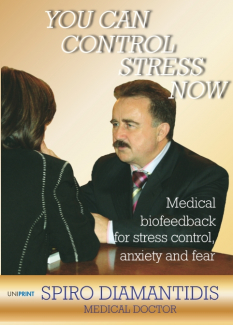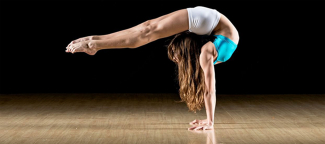BIOFEEDBACK IN PHYSICAL THERAPY AND REHABILITATION
The mechanism of neuromuscular function
Physical therapy and rehabilitation medicine deal with cases of neuromuscular impairment. In such cases there are damages at the motor unit, or neuron or both.
Diamond et al. (1976) observed that when a motor neuron is impaired eventually its activity ceases. Due to this impairment various chemical factors diffuse to adjacent tissues. This represents a chemical SOS for help. Adjacent neurites receive the message and start helping by sprouting sprigs to reach the impaired area. Amazing altruism and mutuality at nerve level. This mechanism is called parallel neural sprouting.
Ultimately, functional synapses are formed and the neural pathway is restored.
The basic idea in biofeedback regarding rehabilitation was on one hand to try to restore functionality the newly re-innervated with sprigs muscles, and on the other to train the person how to use and re-activate the rehabilitated from nature muscles.
The multiple achievements biofeedback exhibits in our days in physical rehabilitation prove that both goals have been accomplished.
By providing to the suffering person feedback displaying instantly the electrical activity of the muscles we want to regain control, the patient can be trained to inhibit undesirable muscle spasticity, augment muscular power, expand movement amplitude and gain control over paralyzed muscles.
The main problems in which biofeedback has been successfully applied the last 45 years, are:
Paralyses due to brain or spinal cord impairment
Brain strokes
Brain palsy
Torticollis (contracted neck muscles)
post-traumatic headaches
Guillen-Barre syndrome
Bell’s paralysis
Speech disorders
Carpal tunnel syndrome
Parkinson disease
For a line of years the attempts of science to probe into organism’s healing and restoration capacities regarding motor neuron lesions had meager perspectives, due to the prevalent views of the past supporting that nervous tissue possessed insignificant regenerative faculties. Biofeedback application conveyed that the brain can identify the new functional synapses and activate them through proper biofeedback training, restoring thus at maximal degree functional impairments.






